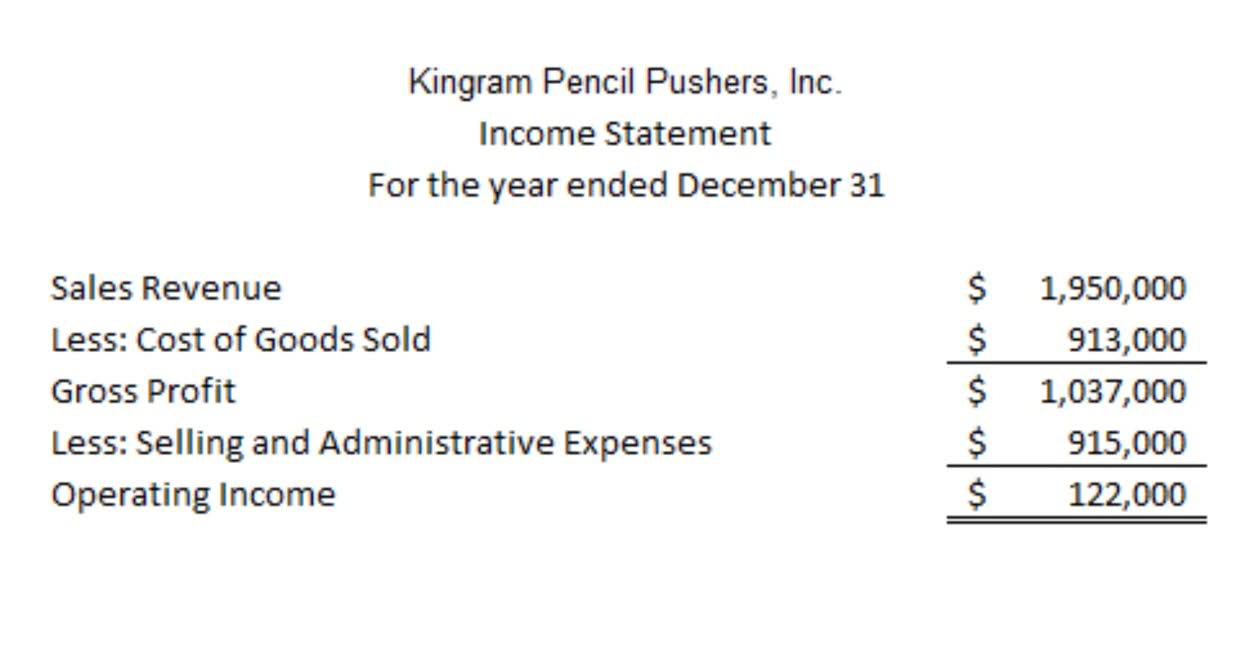
Whenever cash is received, the asset account Cash is debited and another account will need t accounts to be credited. Since the service was performed at the same time as the cash was received, the revenue account Service Revenues is credited, thus increasing its account balance. Another way to visualize business transactions is to write a general journal entry.
Permanent and Temporary Accounts
Under the accrual basis of accounting the account Supplies Expense reports the amount of supplies that were used real estate cash flow during the time interval indicated in the heading of the income statement. Supplies that are on hand (unused) at the balance sheet date are reported in the current asset account Supplies or Supplies on Hand. An account with a balance that is the opposite of the normal balance.
- It’s important to note that while the principles remain consistent, the specifics can vary greatly depending on the industry and the individual business’s practices.
- The credits and debits are recorded in a general ledger, where all account balances must match.
- There are separate accounts for each asset, each liability and each equity item.
- When the individual who forms the trust, known as the grantor, dies, the trustee is responsible for distributing the assets as laid out in the terms of the trust.
- Banks lend to other banks via the federal funds market, but also in the process of clearing checks, which are called “cash items in process of collection.” Most of their loans, however, go to nonbanks.
The role of accounts payable
Once again, debits to revenue/gain decrease the account while credits increase the account. For different accounts, debits and credits can mean either an increase or a decrease, but in a T Account, the debit is always on the left side and credit on the right side, by convention. Debits and Credits are simply accounting terminologies that can be traced back hundreds of years, which are still used in today’s double-entry accounting system. A double-entry accounting system means that every transaction that a company makes is recorded in at least two accounts, where one account gets a “debit” entry while another account gets a “credit” entry. If you want a career in accounting, T Accounts may be your new best friend.
#1 – General Ledger

Things that are resources owned by a company and which have future economic value that can be measured and can be expressed in dollars. Examples include cash, investments, accounts receivable, inventory, supplies, land, buildings, equipment, and vehicles. A record in the general ledger that is used to collect and store similar information. For example, a company will have a Cash account in which every transaction involving cash is recorded.
Financial

When considering accounts payable liability or asset, think of it as a pending bill—your business has received a product or service but hasn’t made the payment yet. Liabilities also include income statement amounts received in advance for a future sale or for a future service to be performed. A current asset representing the cost of supplies on hand at a point in time. The account is usually listed on the balance sheet after the Inventory account. Some valuable items that cannot be measured and expressed in dollars include the company’s outstanding reputation, its customer base, the value of successful consumer brands, and its management team.

Every journal entry is posted to its respective T Account, on the correct side, by the correct amount. Normally it’s an asset sell-off, depreciation, or admission of a bad deal (akin to admitting that a factory or equipment just isn’t worth as much as anticipated). But in Tesla’s case, the automaker didn’t report any major sales or losses that explain the missing money. And just in case you thought Tesla’s position as a global company could explain it—this isn’t a case of foreign exchange fluctuation either.
